Your cart is currently empty!
D&O: Why Underwriters Care about Your Financial Runway?

Why Your Financial ‘Runway’ Is Important….
For startups, an underwriter asking for financial statements can seem invasive when searching for D&O (Directors & Officers) Insurance. So why do they ask? I talked to a few of my favorite underwriters to learn more about why the financial health of any startup is the #1 driver for a carrier to offer D&O terms and how it will affect your premium. Read on to learn why asset size, funding, revenue and profitability can account for 80-90% of your premium rating.
Asset Size
Most carrier underwriters rate D&O premiums primarily on asset size. Asset size shows D&O carriers how much money is at stake if a claim is made. In cases where a young startup has not raised funds, has little revenue and does not carry any assets, an underwriter will still want to know how the company will sustain itself moving forward.
Pro tip: If you are in the ‘No assets and no revenue’, stage be sure to communicate your plans to fundraise or support growth for the next 12-18 months.
Revenue
Revenue is also taken into consideration but not as heavily weighted as assets. It is okay for young companies to be pre-revenue, but keep in mind an underwriter will want to know how you plan to sustain yourself as your startup progresses. For more established companies, a positive growth trend is assumed. However, if it is negative, everyone starts screaming, ‘May Day!’ It would be hard to find a home for a company with a negative growth trend, and the terms would not be favorable even if it is offered unless there is a really compelling explanation.
Pro tip: For an early stage company, be sure to use realistic numbers for your pro forma and communicate your plans to support those projections.
Profitability
Profitability matters to a certain extent but mostly as it relates to the potential of an ongoing concern. Carriers want to see that the organization is not operating at a loss for too long. They also want to see light at the end of the tunnel. An underwriter will want to understand if you will have enough cash to sustain operations for the next 12-18 months.
Pro tip: If there are situations such as heavy upfront R&D prior to going to market, be sure to relay this to the underwriters so they understand your plans moving forward.
Funding
First of all, congrats! Second, funding changes everything. From a financial perspective, it will positively affect assets after a large seed round or Series A. Ideally, the funding will also help drive revenue. Having more assets and a plan to drive growth gives an underwriter confidence in your future success. On the flip side, there is more at stake because of the new boost in assets on the balance sheet and the high expectations from your investors.
Pro tip: Don’t be surprised if an underwriter asks for both pre-funding and post-funding financials.
Conclusion
A company’s directors and officers have a huge responsibility for the financial health of a company. This is the largest indicator of future success. Be sure to be open about your plans for future growth and communicate if any of these indicators are trending negatively. It will help an underwriter understand how you will sustain yourself for the foreseeable future and hopefully, will translate to favorable terms or lower rates for your company’s D&O.
—
